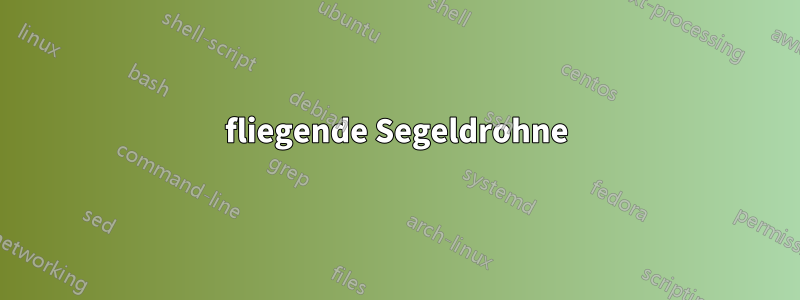
\documentclass[tikz,border=10pt]{standalone}
\usetikzlibrary{hobby}
\begin{document}
\begin{tikzpicture}
\draw plot [hobby] coordinates {(0,4) (1,3.2) (2,1.5) (2.5,1.2) (3,1) (4,0.8)};
\end{tikzpicture}
\begin{tikzpicture}
\draw[black, thick] (-1,1) -- (1,-1);
\draw[black, thick] (-1,-1) -- (1,1);
\filldraw[black] (0,0) circle (2pt) ;
\draw[black, thick] (0,0) -- (0,-1.5);
\draw[black, thick] (0,-1.5) -- (0.5,-1);
\draw[black, thick] (0,-1.5) -- (-0.5,-2);
\filldraw[color=red!60, fill=red!5, very thick](-1,1) circle (.3);
\filldraw[color=red!60, fill=white, very thick](-1,-1) circle (.3);
\filldraw[color=red!60, fill=red!5, very thick](1,-1) circle (.3);
\filldraw[color=red!60, fill=red!5, very thick](1,1) circle (.3);
\draw (-.5,-2) .. controls (0.1,-2.8) and (.3,-2) .. (.5,-1);
\end{tikzpicture}
\end{document}
Ich habe dies getan, weiß aber nicht, wie ich es auf den richtigen Weg bringen kann.
Antwort1
Ich schlage vor, zu verwenden pic, was wie ein Mini ist, das tikzpictureSie auf einem Pfad verwenden können. Im folgenden Code habe ich Ihren Drohnencode genommen und ihn in einen umgewandelt pic. Der Ursprung Ihres Codes bestimmt, wo der picplatziert wird, also habe ich die Platzierung mithilfe von verschoben yshift(und auch skaliert). Dann können Sie ihn wie jeden anderen Knoten auf einem Pfad platzieren.
Aus Spaß habe ich mit einen zufälligen Fluss erstellt decorations.pathmorphing.
\documentclass{article}
\usepackage{tikz}
\usetikzlibrary{arrows.meta, decorations.pathmorphing}
\tikzset{drone/.pic={
\draw[black, thick] (-1,1) -- (1,-1);
\draw[black, thick] (-1,-1) -- (1,1);
\filldraw[black] (0,0) circle (2pt) ;
\draw[black, thick] (0,0) -- (0,-1.5);
\draw[black, thick] (0,-1.5) -- (0.5,-1);
\draw[black, thick] (0,-1.5) -- (-0.5,-2);
\filldraw[color=red!60, fill=red!5, very thick](-1,1) circle (.3);
\filldraw[color=red!60, fill=white, very thick](-1,-1) circle (.3);
\filldraw[color=red!60, fill=red!5, very thick](1,-1) circle (.3);
\filldraw[color=red!60, fill=red!5, very thick](1,1) circle (.3);
\draw (-.5,-2) .. controls (0.1,-2.8) and (.3,-2) .. (.5,-1);
}
}
\begin{document}
\begin{tikzpicture}[every pic/.style={yshift=1cm, scale=.5, transform shape}]
\pgfmathsetseed{1415}
\draw[decorate, decoration={random steps, segment length=3mm, amplitude=1pt}, line width=8mm, cyan!60!white](-.5,-.4)--(9,-.4);
\draw[<->, thick](0,1.5)node[left]{$z$}|-(1.5,0)node[below]{$x$};
\draw(0,4)to[out=-20, in=180]pic[pos=0]{drone}pic[pos=1]{drone}(5,0)pic[xshift=3cm]{drone};
\draw[<->, thick, red](0,-1)--node[below]{flying}(5,-1);
\draw[<->, thick, red](5,-1)--node[below]{sailing}(9,-1);
\end{tikzpicture}
\end{document}





